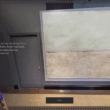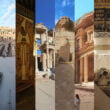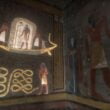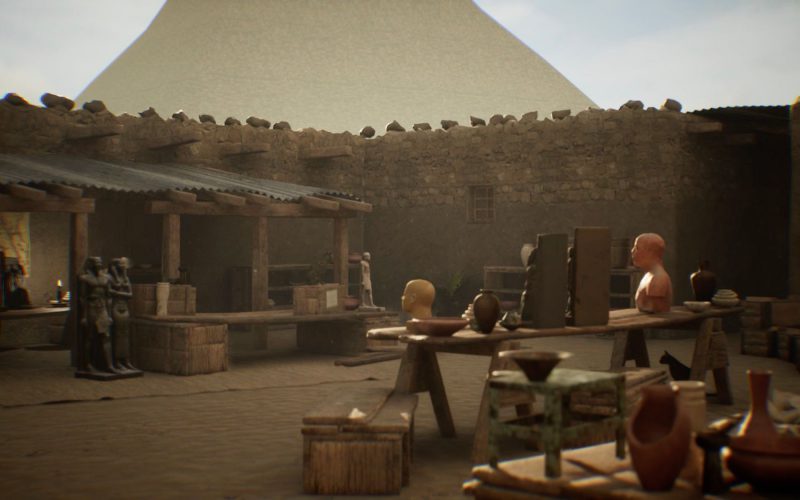Step into the shoes of archaeologists excavating at Giza in the early 1900s to track newly discovered tombs and artifacts and learn how we know what we know about the Giza pyramids–all in our new work with the Giza Project at Harvard University. Harvard Camp is your next must-see stop in the ancient metaverse that we preview today.
Also, reader, we want to celebrate that we have new tools for teaching and building lesson plans, scavenger hunts, and interactive quizzes out of our virtual tours. If you’re teaching about Egypt or Giza, ask us to build one for you!
You can try out the Tomb of Queen Meresankh III sneak-preview. Fill out the form at the end of this post to request your own.

In the early 20th century, archaeologist George Reisner conducted groundbreaking excavations with a team of Egyptian and American archaeologists under the dual Harvard University – Boston Museum of Fine Arts (HU-MFA) archaeological expedition.
Partnering with Prof. Peter Der Manuelian of Harvard University, the Giza Project team, and artist Rishab Nanda from Ubisoft, we worked to reconstruct the camp that they established on the Giza Plateau. We’re proud to be launching the full version soon with the Giza Project Harvard Camp digital exhibition.
We worked closely from historical photographs, records, maps and plans, journal entries, and other ephemera to bring you the most accurate possible rendition of the camp and excavations so that you could follow in the footsteps of an archaeologist on the Giza plateau in the early 20th century.
Welcome to Harvard Camp. This was once the dig house for the Harvard University–Boston Museum of Fine Arts (HU-MFA) Expedition, located west of the famous Giza Pyramids. With the vibrant cityscape of modern Cairo in one direction and the sloping desert in the other, one could sit on the Camp’s veranda and admire the looming Giza pyramids just a short walk away.
The HU-MFA expedition worked throughout Egypt and Sudan at 23 sites for over 40 years to study, document, and conserve ancient Egyptian sites.
Their base of operations was on the Giza Plateau outside Giza and Cairo, underneath the iconic Great Pyramids. To learn more about visiting Giza today, you can check out the Egyptian Ministry of Tourism and Antiquities website.
The Camp at Giza was originally called “Hearst Camp” from the University of California, Berkley in 1903, but after only two years, when the sponsorship changed to the HU-MFA collaboration, the camp was renamed Harvard Camp.

Collaborations of multiple foreign and Egyptian missions were studying the Giza Plateau in the early 20th century, and the HU-MFA expedition was assigned to excavate portions of the Eastern and Western cemeteries as well as the Menkaure Pyramid complex.
The expedition worked for decades to excavate and understand the monuments at Giza better. The dig was directed by archaeologist George Reisner.
While they were excavating at Giza, they brought significant finds, ceramics, and other archaeological materials back to Harvard Camp for processing. They also lived at the camp while they were working there.
When the HU-MFA team worked at other sites in Egypt, they also brought back everything to Harvard Camp for conservation and documentation before sending on to the Cairo Museum. Now we can use the historical reconstruction of the camp and digital exhibition to not only teach about ancient Egypt and the Giza Plateau but also the archaeological process that the HU-MFA team used and how we follow similar practices in archaeology today.
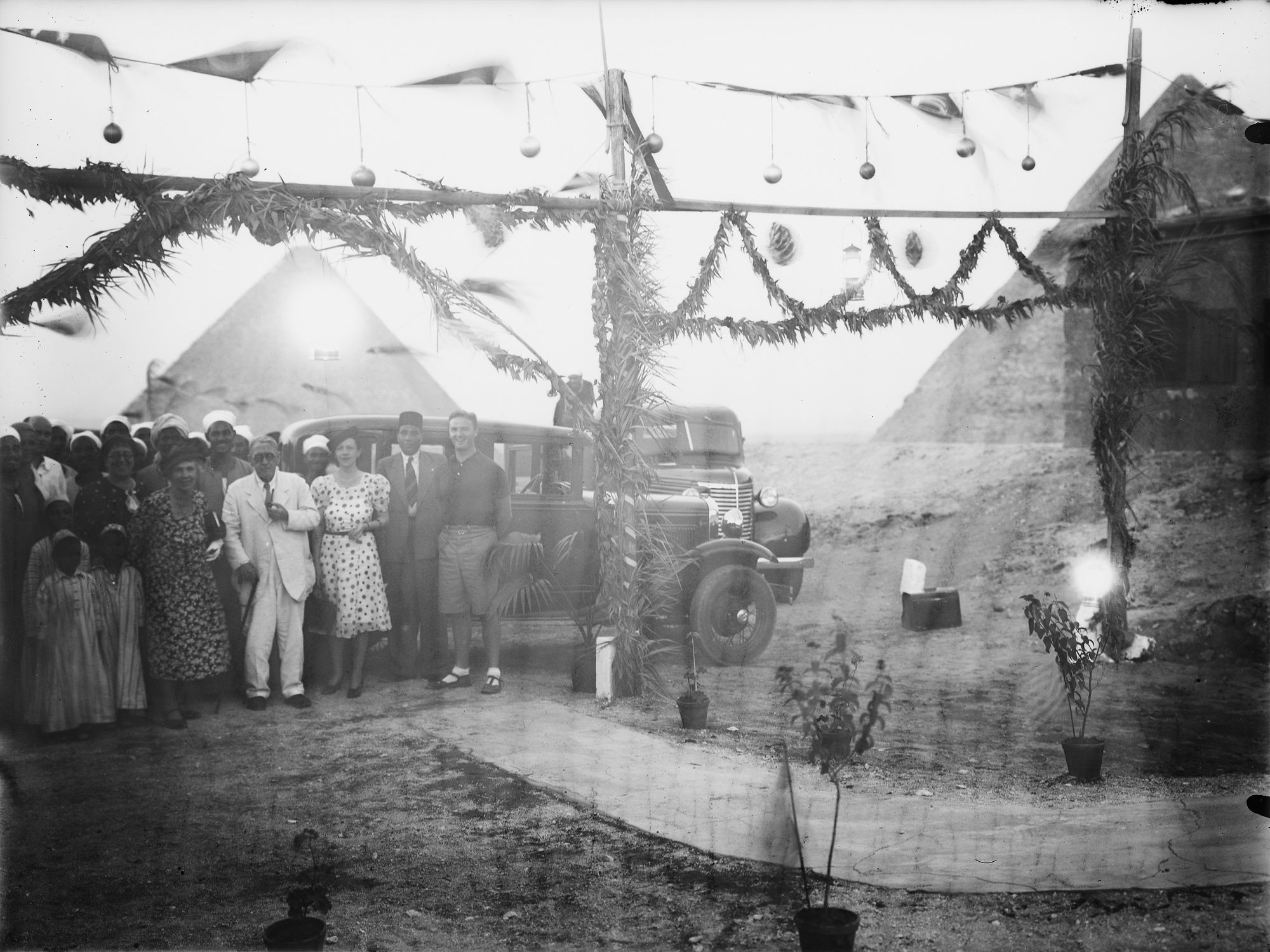
Rebuilding the Camp
When the Giza Project’s Digital Giza was funded to rebuild Harvard Camp, Rishab and the whole team worked tirelessly to research every detail and recreate it as closely as possible. We aimed to be as assiduous in our imagined reconstruction of the past as the archaeologists were in uncovering theirs.
We have numerous photographs, journal entries, letters, and other ephemera to remember HC that Doctor Manuelian pored over and sleuthed out from the annals of various museums and libraries scattered across Egypt and Boston.
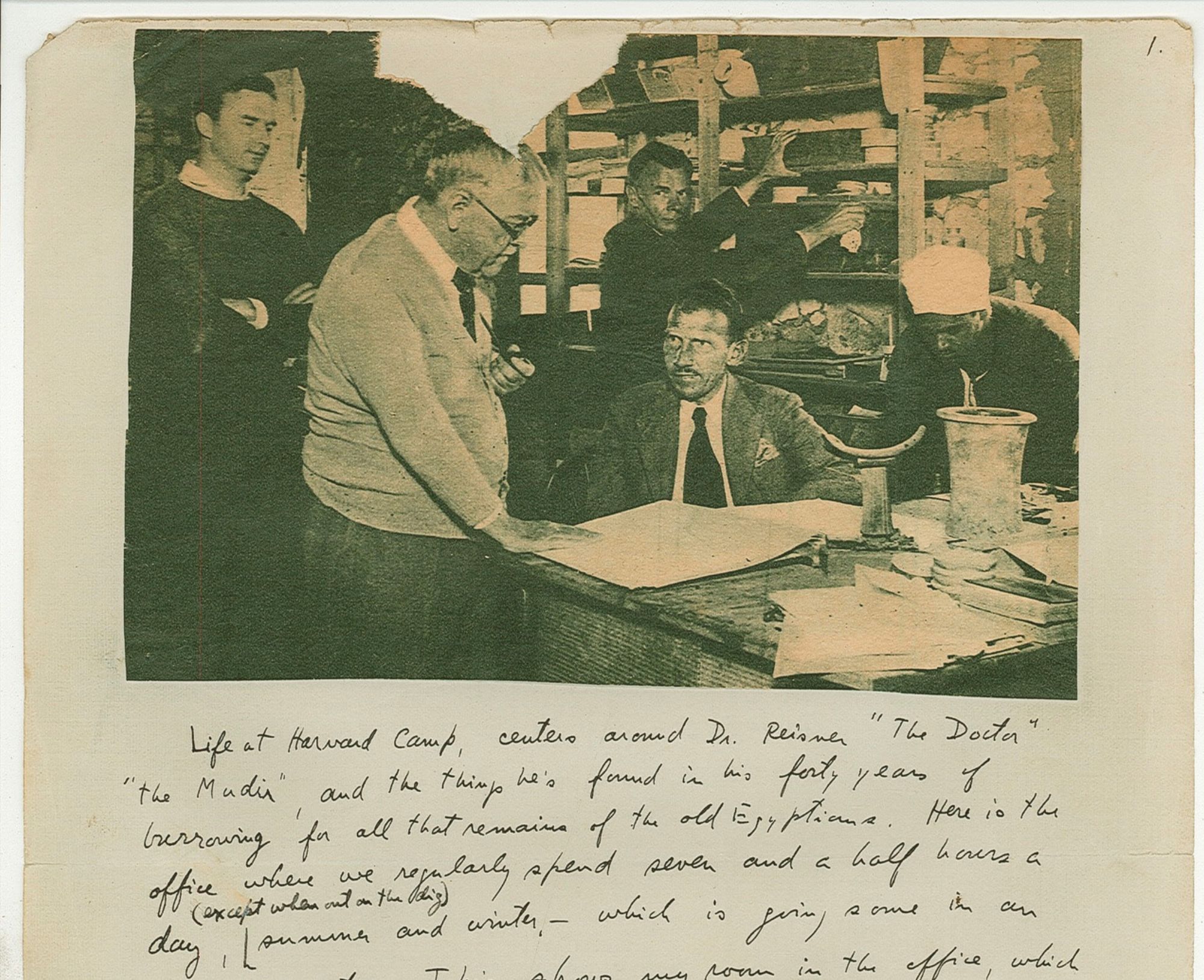
We were able in turn to work closely from the historical photos and other materials to make our best hypothesis on what Harvard Camp might have been like to walk through and live at in the early 20th century.
Importantly, nothing from Harvard Camp remains on the Giza Plateau today–the site of the camp was destroyed and paved over to make a helipad.
In making historical reconstructions, we believe that we’re not trying to present the definitive, only possible version of Harvard Camp but instead one visualization from our research so that collectively we can continue to re-imagine what Harvard Camp was during this critical time period of the expedition studying and re-discovering tombs and monuments at Giza.
You can see the care to historical detail in the reconstruction that Rishab was able to create:

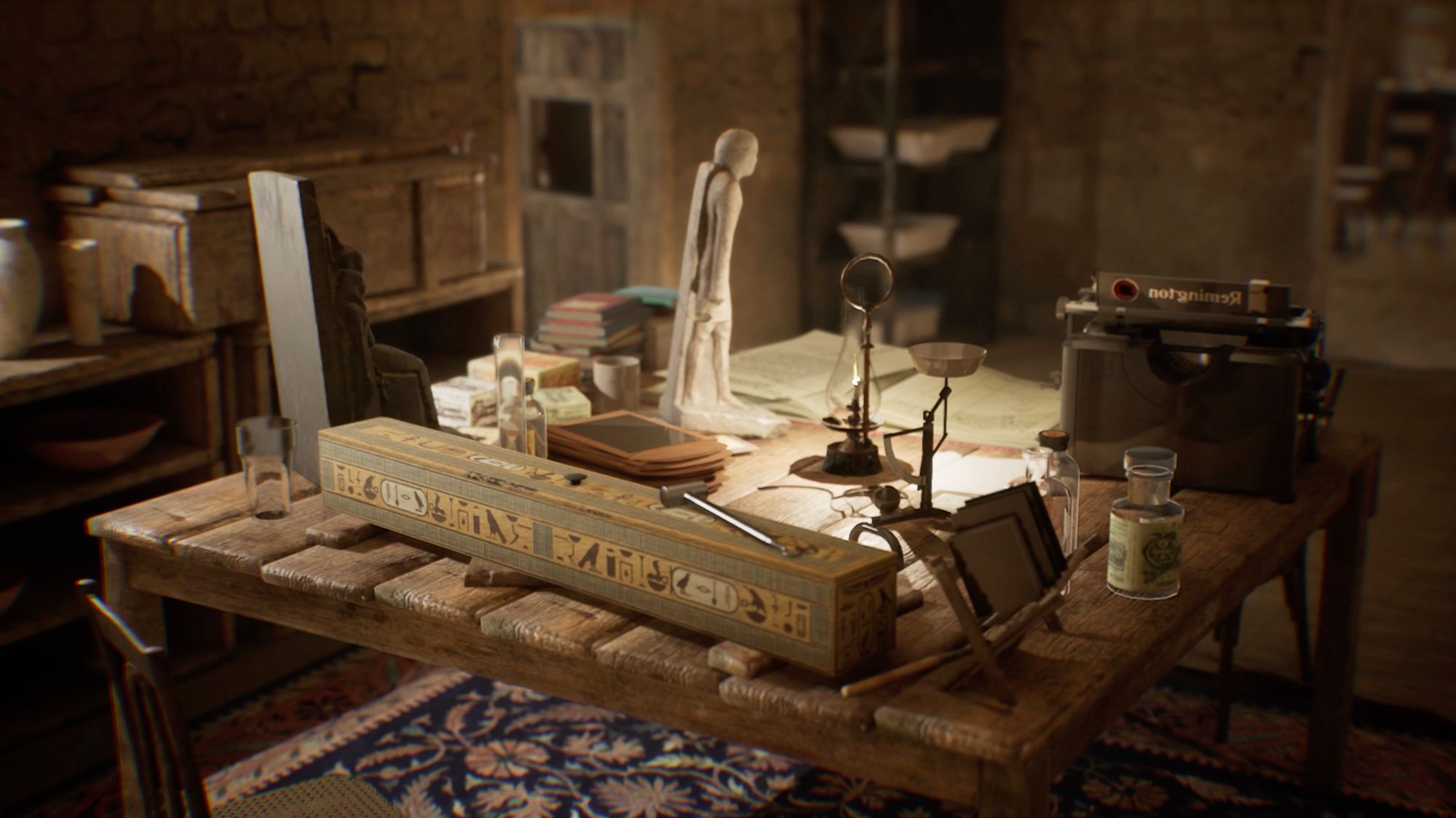
For instance on the table in the workroom, you can see the curtain box that Egyptian master conservator Hagg Ahmed Youssef (who also conserved and reconstructed the solar boat of Khufu).
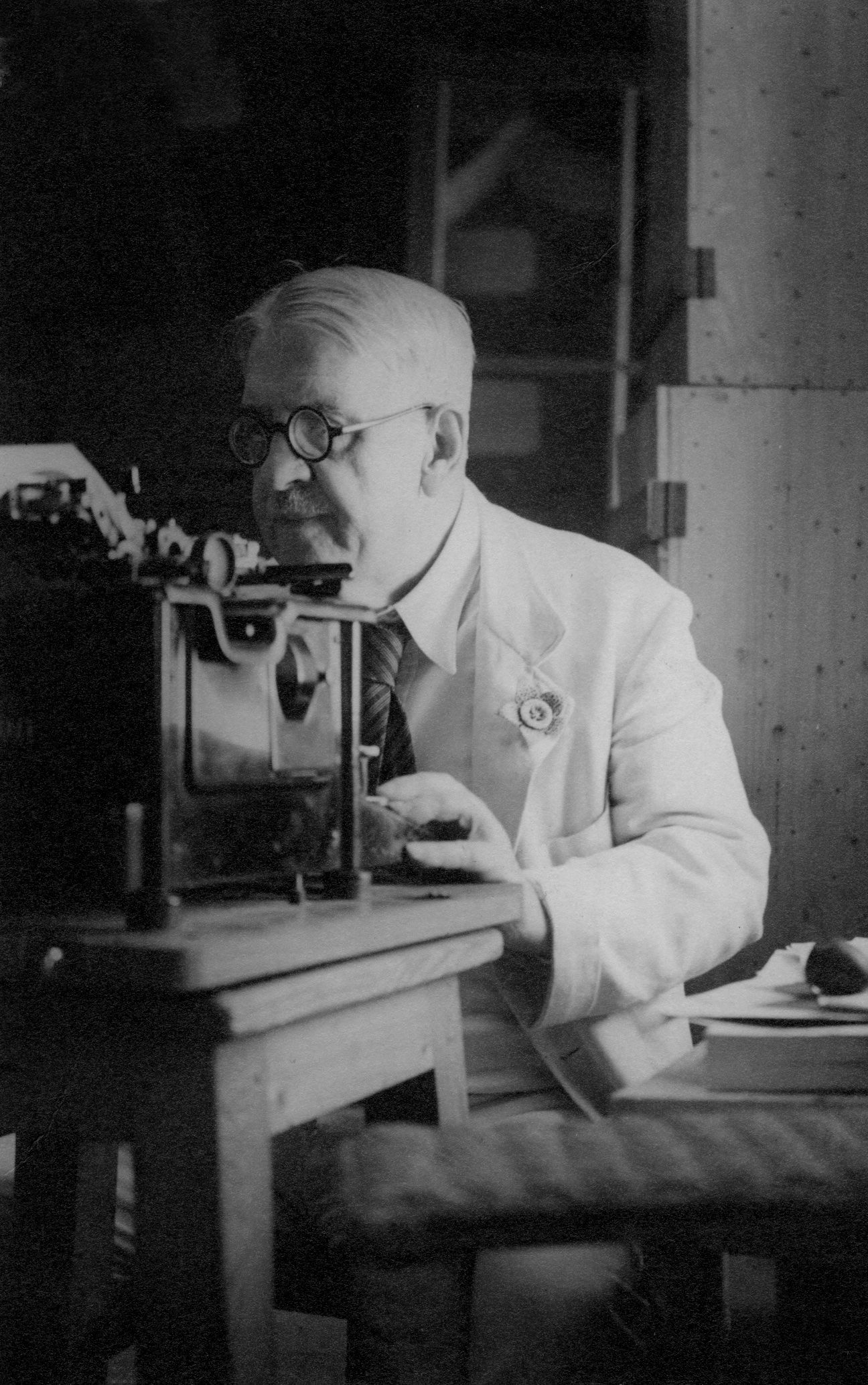

Similarly, this is the exact typewriter used by the archaeologists at HC and real journal pages written by the HU-MFA team on the table.




We included many of the historical materials that Doctor Manuelian was able to track down, in the final renders for the exhibition. Rishab used Unreal Engine 5.
Following the Expedition to Learn Archaeological Methods
In the Harvard Camp exhibition, you can explore the active archaeological expedition and trace an artifact through the stages of re-discovery, conservation, cataloging, and display in a museum. Doctor Manuelian had a vision for using the reconstruction to not only teach about the history of the Giza Pyramids but also the archaeological process.
You can follow one artifact, for instance, the Standing Statue of Khuienkhufu through it’s stages of being excavated to finally being in museum display.
Each object discovered during an archeological excavation goes through a long journey before ending up in a collection. Archeological methods have evolved since 1936, but many of the basic steps for recording information and treating the object remain the same. Let’s travel back in time to follow the transformation of Khuienkhufu’s statue from a grave good, to a research object, to part of a museum collection.
You can see a preview of the steps of excavation, conservation, and documentation here. The full artifact record for the statue of Khuienkhufu is at the Giza Project website: http://giza.fas.harvard.edu/objects/22576/intro/
Excavation
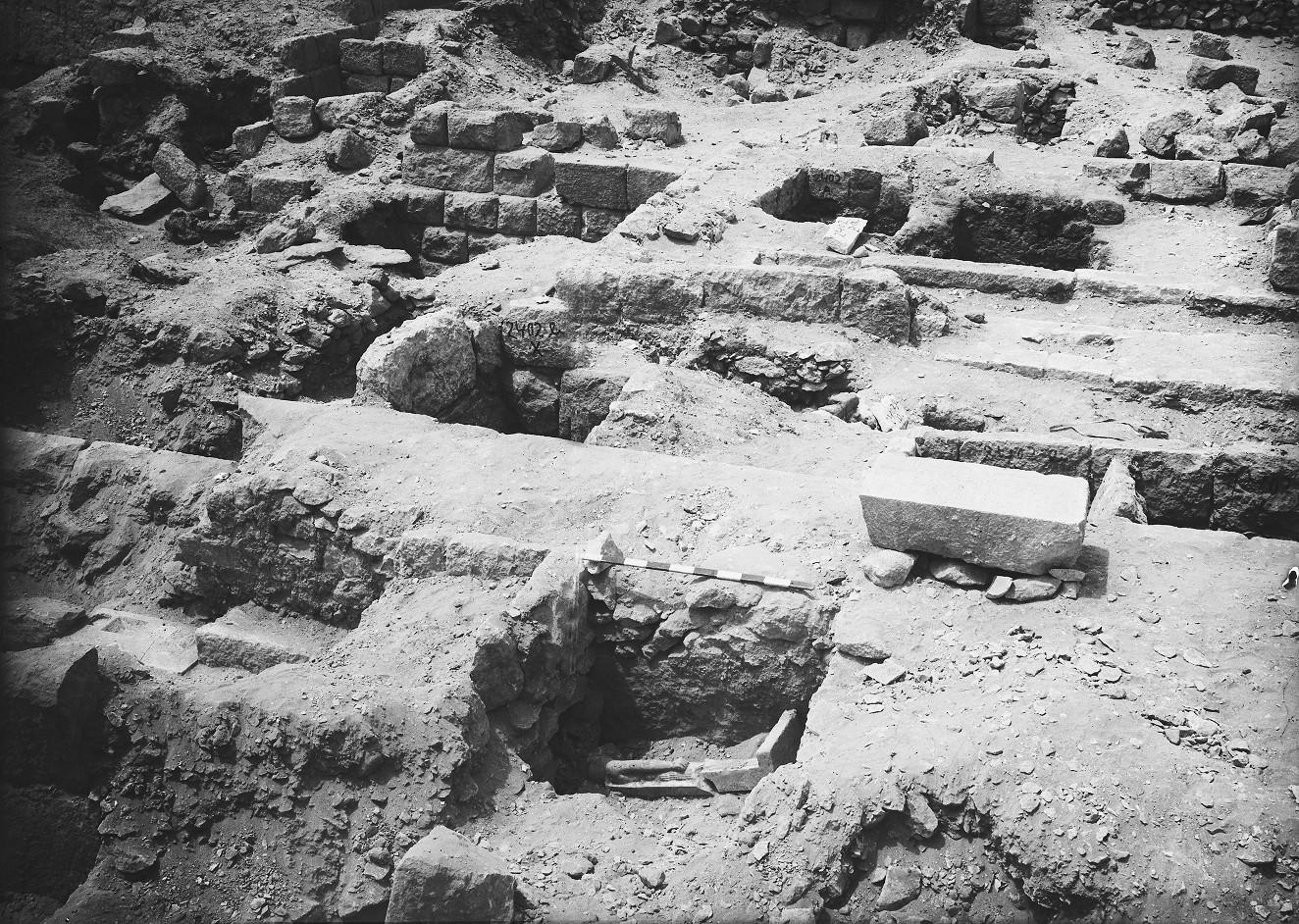
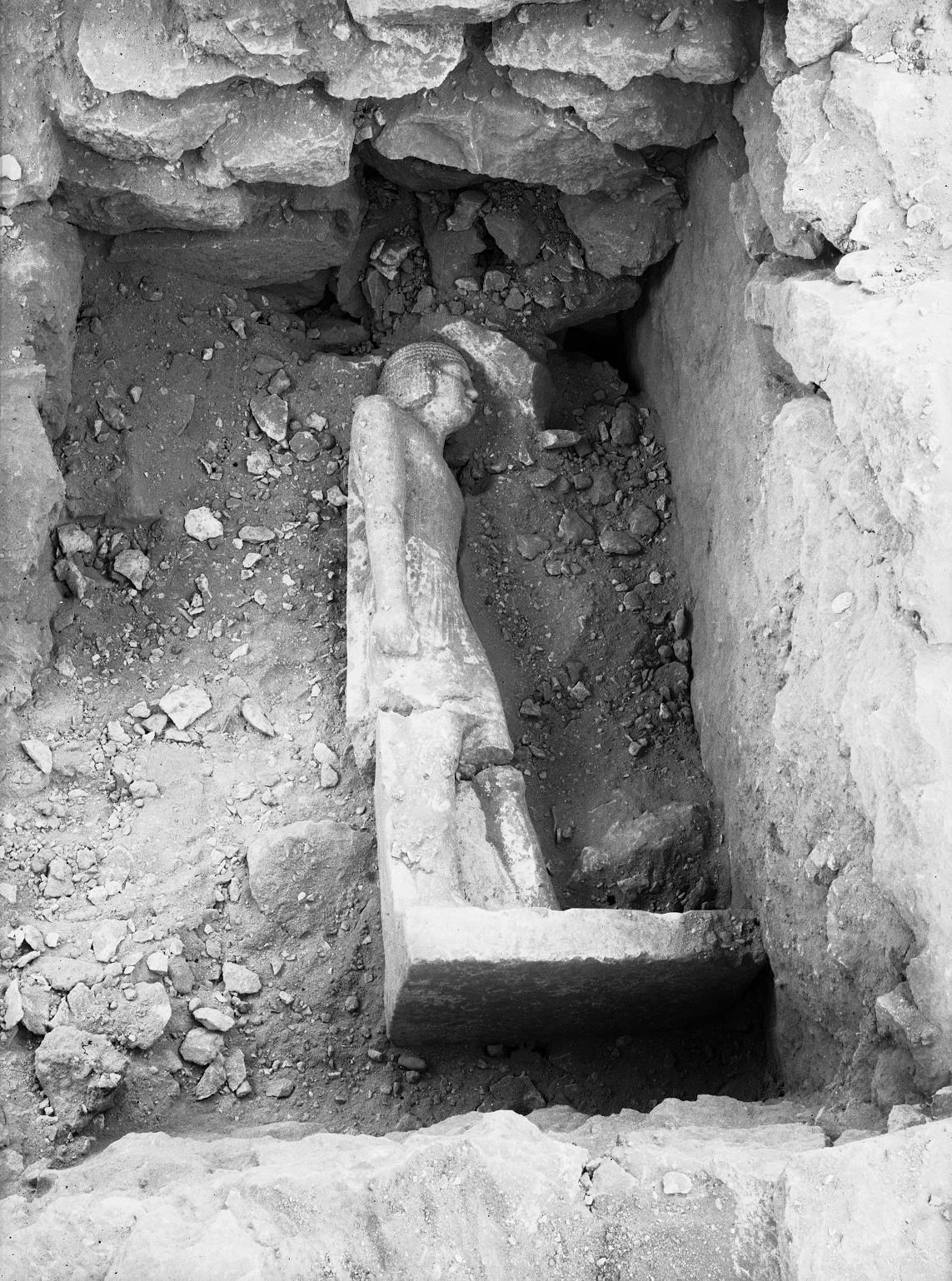
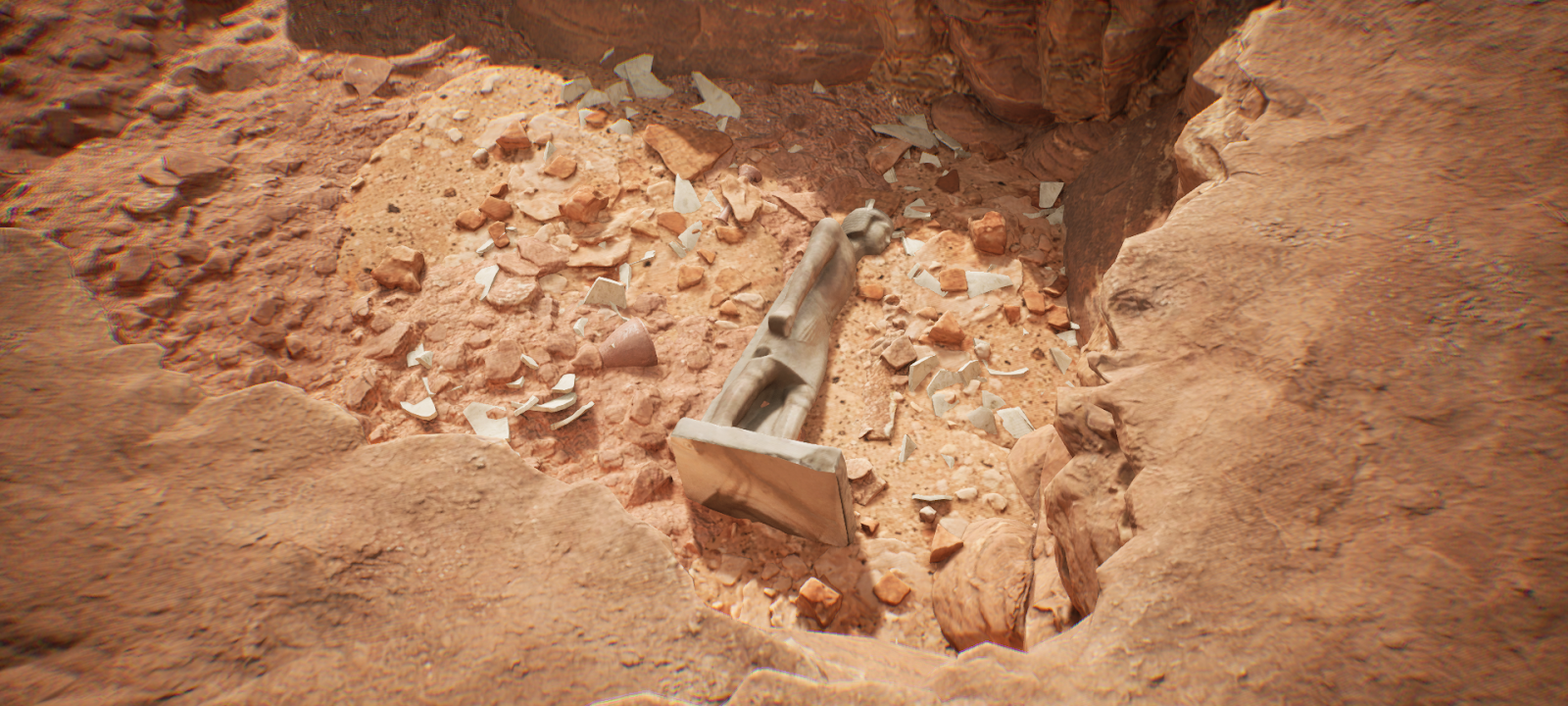

Conservation
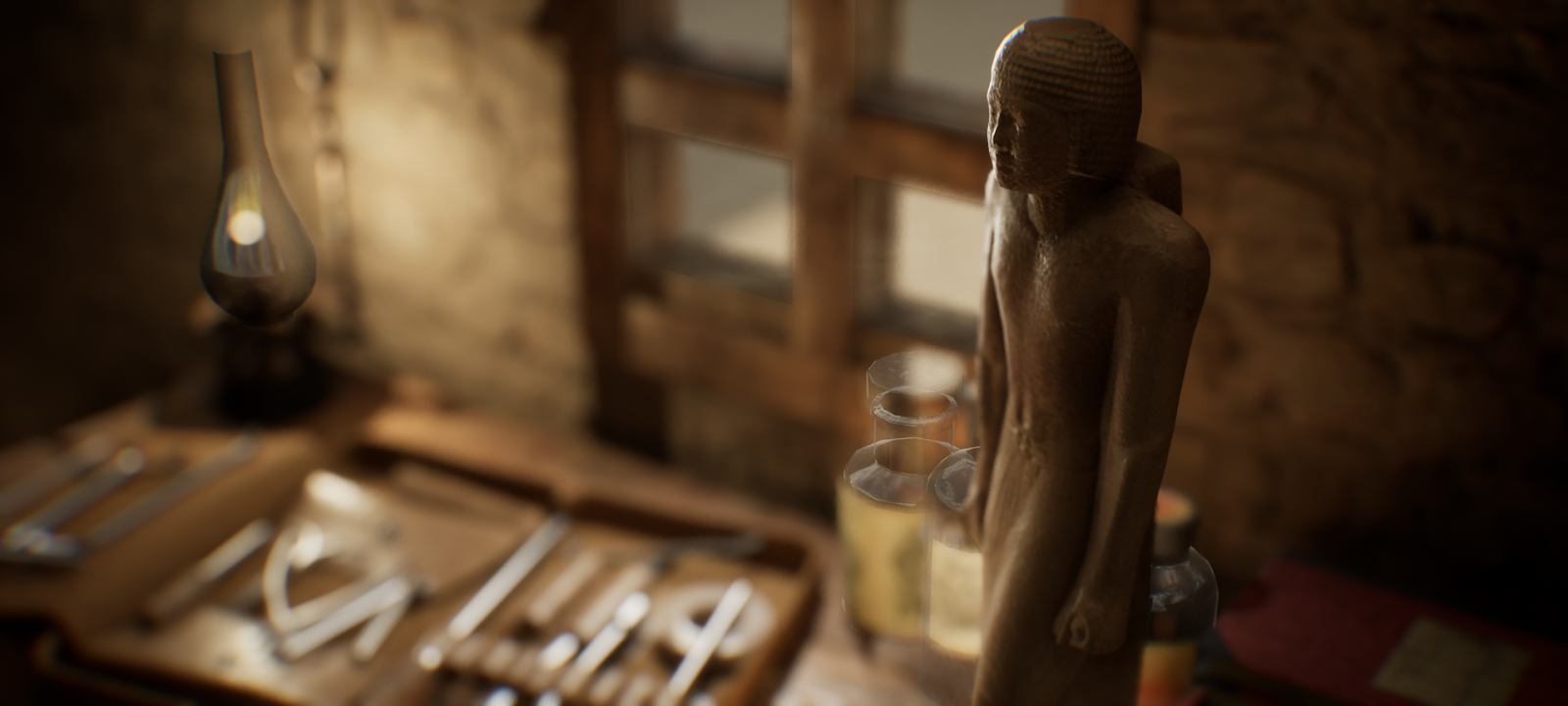
Documentation
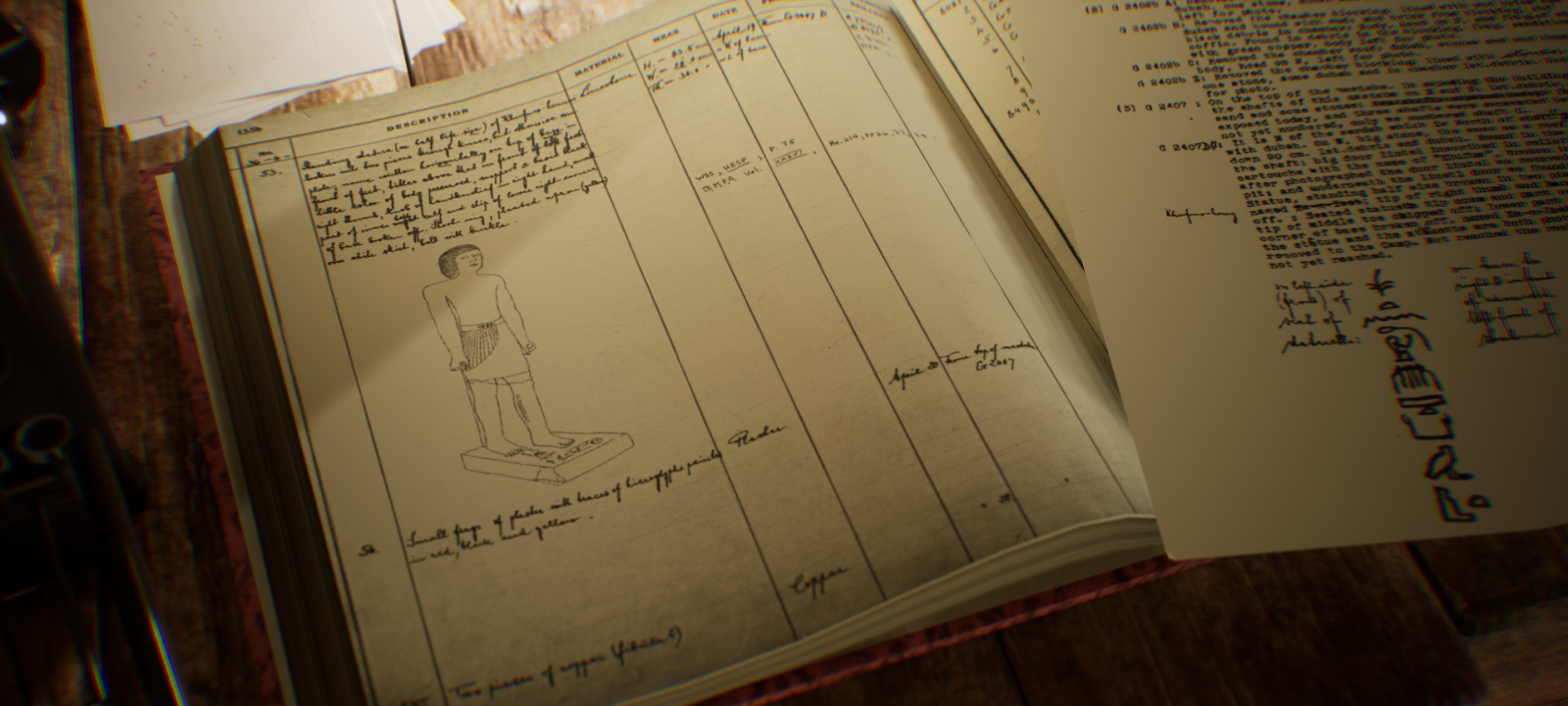
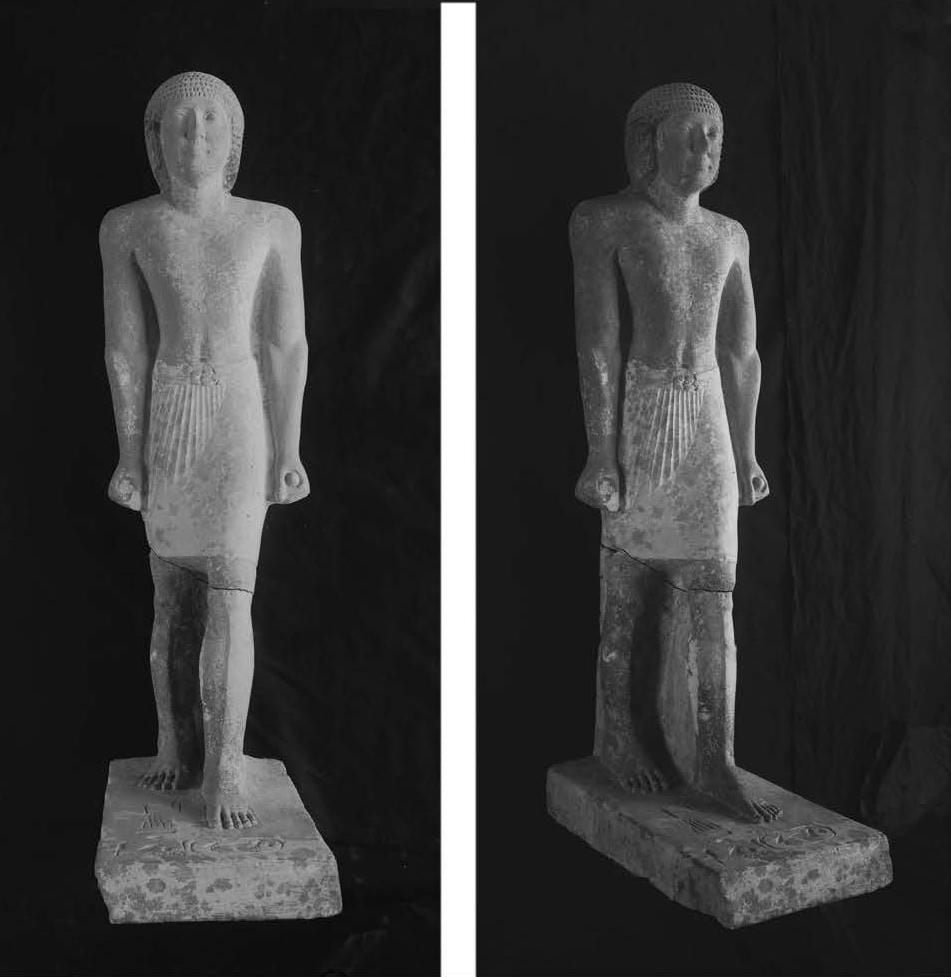
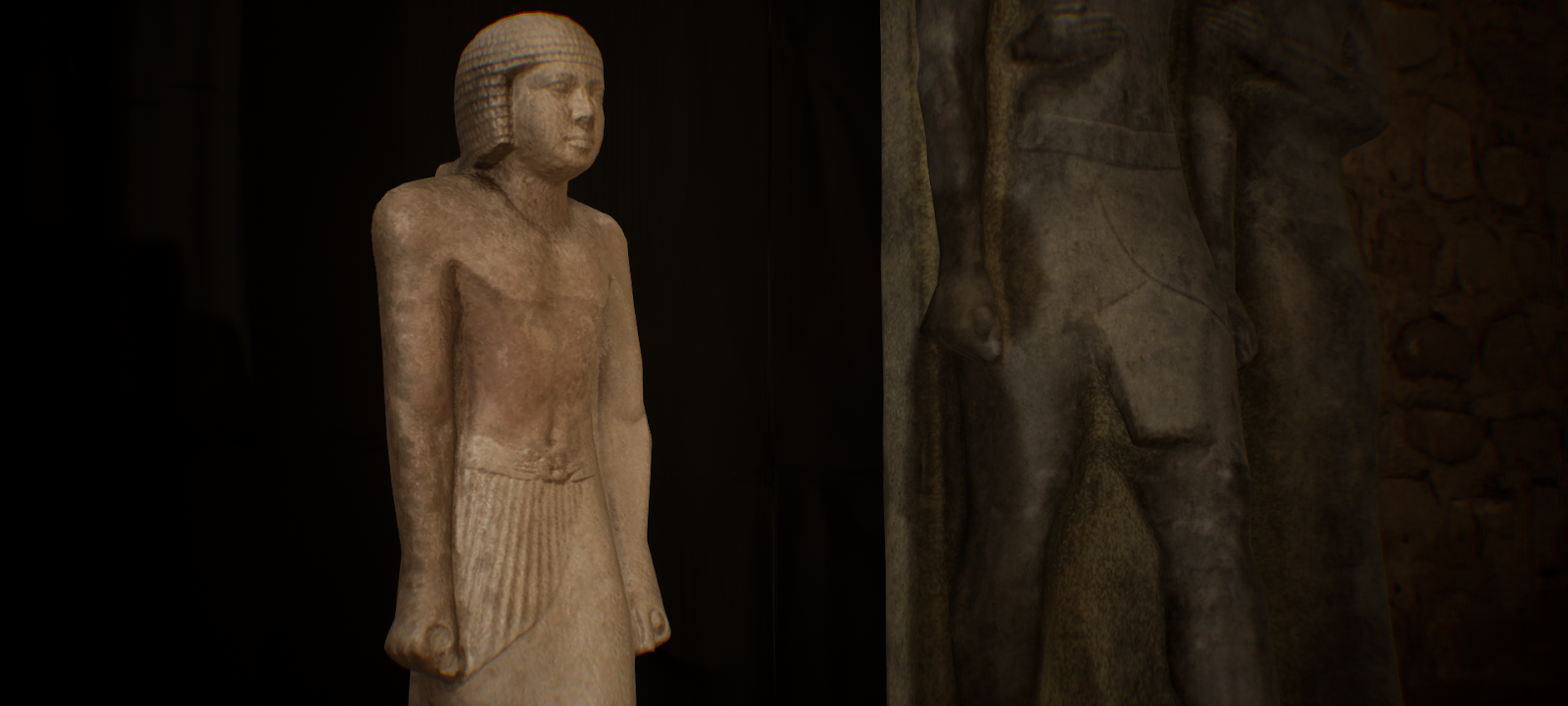
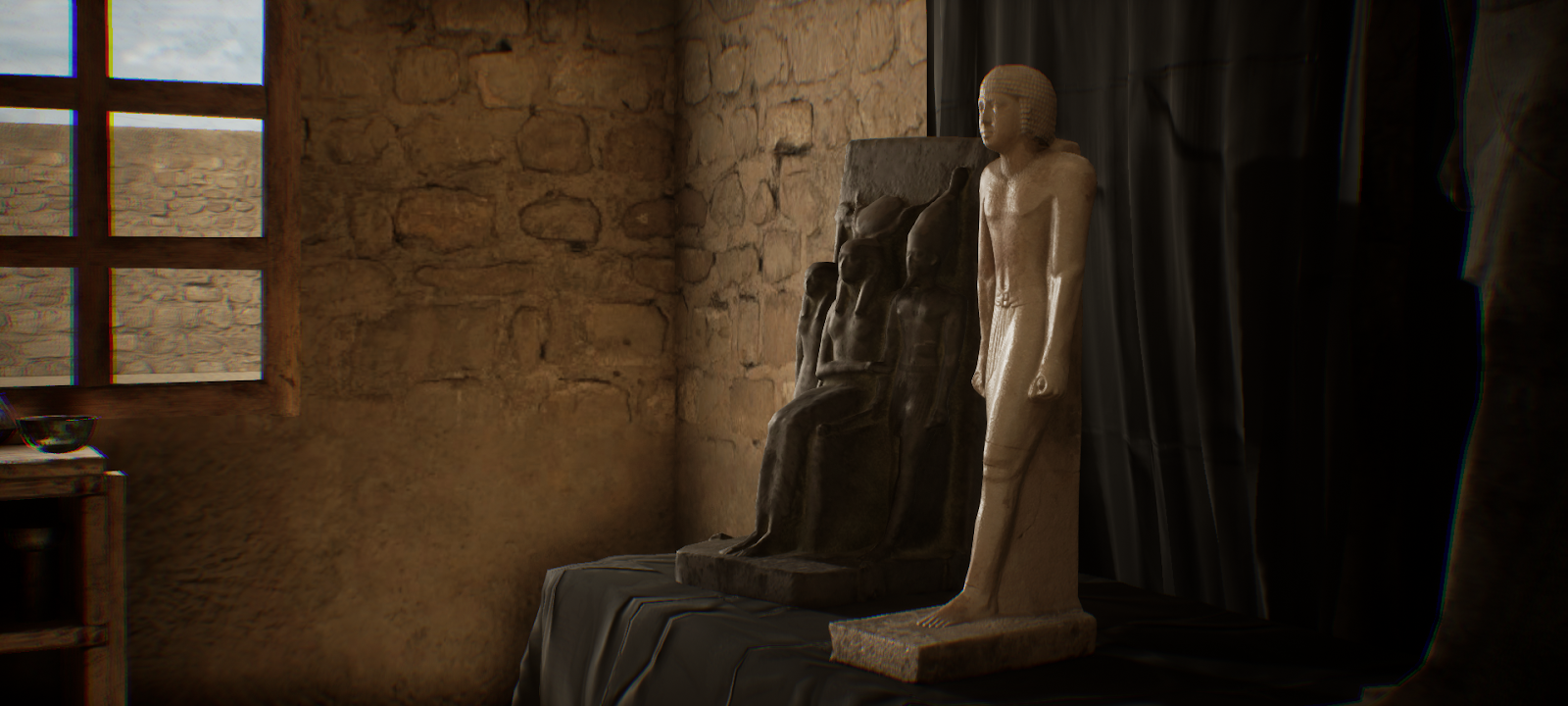
Entry in the Registry
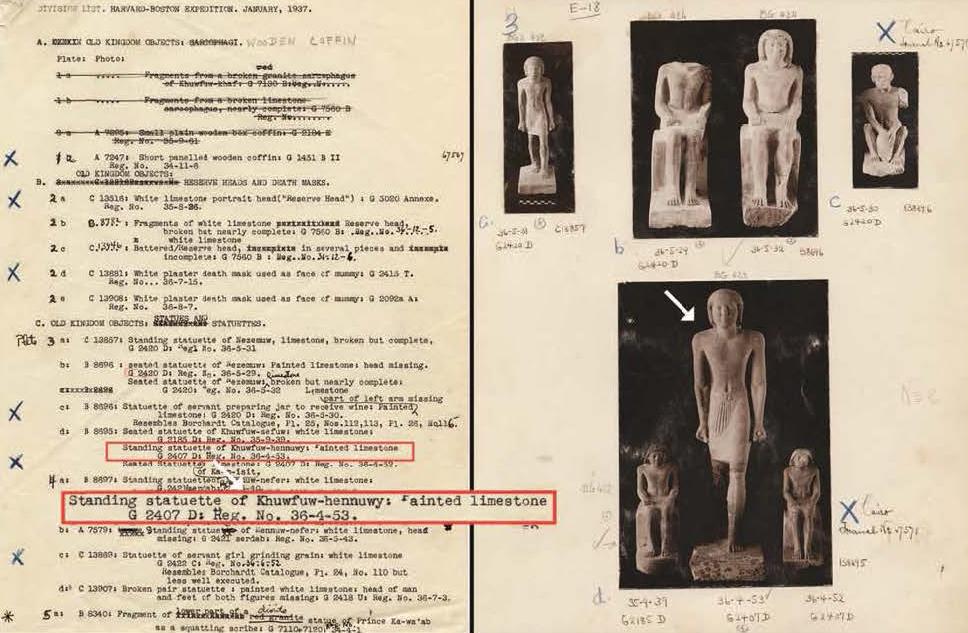
Watch Doctor Manuelian discuss the process in detail here. In the video Doctor Manuelian also discusses questions on repatriation and why the statue was shipped to the Boston Museum of Fine Arts. (If you’re in email, you can watch on YouTube here: https://youtu.be/rdhfG9qzt_s?t=431).
Also check out Doctor Manuelian’s latest project on recovering the lost Arabic diaries at Giza from ARCE here:
Sign up to stay tuned for when the full Harvard Camp Giza Project exhibition launches this summer!
Want to host your own class or make your own lesson plans at the Giza plateau? Let us know by filling out the form below (or if you’re reading this in your email, at this link).


